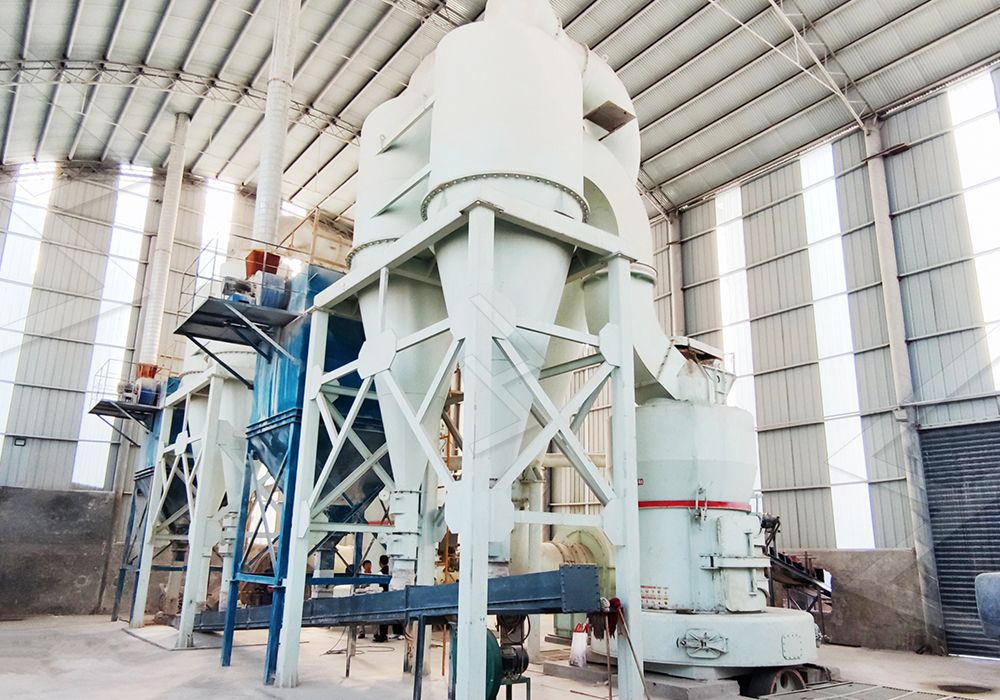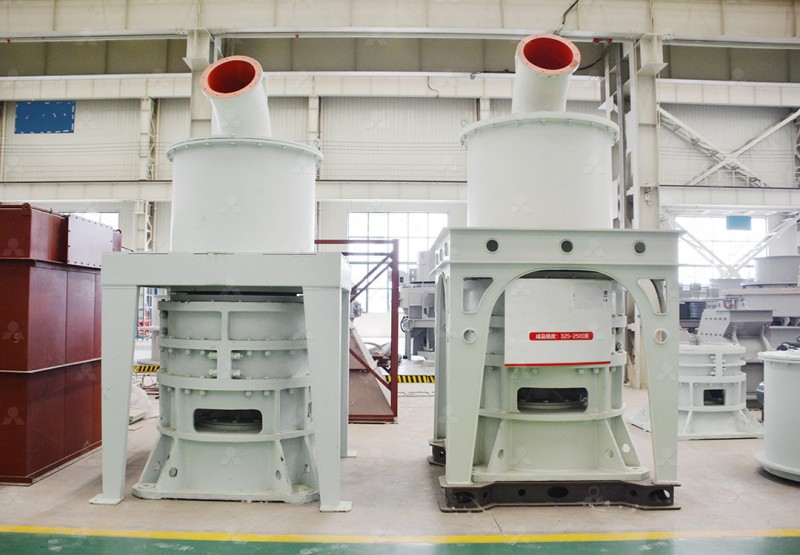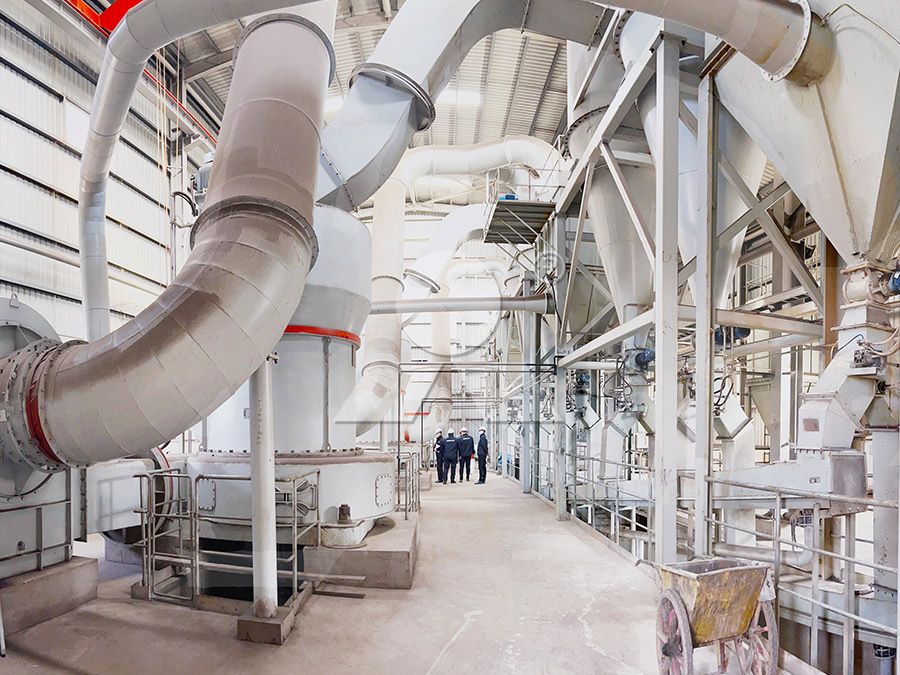How to Choose the Right Raymond Mill for Your Industrial Grinding Needs
How to Choose the Right Raymond Mill for Your Industrial Grinding Needs
Selecting the appropriate grinding equipment for your industrial operations can be challenging, especially with the variety of options available in today’s market. The right Raymond mill can significantly impact your production efficiency, product quality, and operational costs. This comprehensive guide will help you navigate the selection process with confidence.
When evaluating grinding mills, several critical factors demand your attention. The material characteristics, desired output fineness, production capacity requirements, and energy consumption considerations all play vital roles in determining the optimal solution for your specific application.

Key Selection Criteria
Understanding your material properties is the foundation of proper mill selection. Consider the hardness, moisture content, abrasiveness, and chemical composition of your raw materials. Different mills handle these characteristics with varying levels of efficiency and wear resistance.
Production capacity requirements should align with your operational goals. Whether you need intermittent batch processing or continuous high-volume production, matching the mill’s capacity to your needs prevents both underutilization and bottlenecks.
Fineness specifications represent another crucial consideration. The required particle size distribution directly influences which mill technology will deliver optimal results. Some applications demand coarse grinding, while others require ultra-fine powders with precise particle size control.
Advanced Grinding Solutions
For operations requiring ultra-fine powder production, the MW Ultrafine Grinding Mill stands out as an exceptional choice. This advanced machine processes materials with input sizes up to 20 mm and delivers capacities ranging from 0.5 to 25 tph. Its innovative design incorporates efficient pulse dust collection and noise reduction technology, ensuring environmentally conscious operation without compromising performance.
The MW Ultrafine Grinding Mill demonstrates remarkable efficiency gains, producing 40% higher capacity than jet grinding mills and double the output of ball grinding mills at equivalent fineness and power consumption. Meanwhile, its energy consumption remains approximately 30% lower than conventional jet milling systems.

Vertical Grinding Innovations
For operations prioritizing space efficiency and integrated processing, vertical grinding mills offer compelling advantages. The LUM Ultrafine Vertical Grinding Mill combines grinding, classifying, and transporting functions in a single compact unit. With an input size capacity of 0-10 mm and throughput of 5-18 tph, this system incorporates the latest grinding roller technology from Taiwan and German powder separation expertise.
This vertical mill design reduces energy consumption by 30-50% compared to conventional grinding mills while maintaining superior product quality. The unique roller shell and lining plate grinding curve facilitate efficient material layer formation, enabling high finished product rates through single-pass powder milling.
Operational Considerations
Beyond technical specifications, practical operational factors significantly impact your grinding mill selection. Maintenance requirements, spare parts availability, and operational stability should influence your decision-making process. Modern mills incorporate features like external lubrication systems, reversible structures for easier maintenance, and digital control systems that enhance operational reliability.
Environmental compliance represents another critical aspect. Contemporary grinding mills integrate advanced dust collection systems, noise reduction technology, and energy-efficient designs that meet stringent environmental standards while maintaining production efficiency.

Making the Final Decision
Your final selection should balance technical requirements with operational practicalities and long-term cost considerations. Consult with equipment specialists who can provide detailed application analysis and recommend solutions tailored to your specific materials, production goals, and operational constraints.
Remember that the most expensive option isn’t necessarily the best fit, nor is the cheapest likely to deliver optimal long-term value. Consider total cost of ownership, including energy consumption, maintenance requirements, and operational efficiency over the equipment’s lifespan.
Frequently Asked Questions
What is the main advantage of the MW Ultrafine Grinding Mill over traditional grinding systems?
The MW Ultrafine Grinding Mill delivers 40% higher production capacity than jet grinding mills and twice the output of ball grinding mills while consuming 30% less energy than jet milling systems. Its unique design allows fineness adjustment between 325-2500 meshes with exceptional precision.
How does the LUM Ultrafine Vertical Grinding Mill reduce energy consumption?
The LUM mill incorporates multi-head powder separating technology and PLC control systems that optimize grinding pressure and rotational speed. This advanced control, combined with efficient material layer generation, reduces energy consumption by 30-50% compared to conventional grinding mills.
What materials are suitable for processing with the MW Ultrafine Grinding Mill?
The MW Ultrafine Grinding Mill effectively processes limestone, calcite, dolomite, petroleum coal, gypsum, barite, marble, talc, and various chemical industry materials including those for paint, cosmetics, medicine, and food additives.
What maintenance advantages do modern grinding mills offer?
Contemporary designs feature external lubrication systems that allow maintenance without shutdown, reversible structures for easy roller access, and the elimination of rolling bearings and screws in grinding chambers to prevent common failure points and simplify maintenance procedures.
